Loft – one of the most paradoxical styles, combining the bohemian and underground. Loft-style interiors embody a conceptual approach to space that emerged at the junction of poverty and luxury. They demonstrate how the most unfriendly, unsuitable industrial buildings are transformed under the influence of art, turning into luxurious and shocking apartments.
In English loft (loft) means non-residential premises, usually lofts or unbuilt lofts. In a broader sense, these are abandoned industrial buildings, usually single-storey, under a high roof. Later, it was the latter significance that consolidated this term, denoting the main feature of the new urban style.

Loft with brick wall
Adaptation of warehouse and industrial premises for housing was the basis for interiors in the loft style. Free layout and space, the contrast of rough finish and refined, accentuated cozy accessories – the mystery of the attraction of this bold, shocking style does not rest in the imagination.
Before proceeding to such an interesting project as a loft in your own apartment, it is useful to get acquainted not only with the principles and techniques of such an original interior design, but also with the history of its appearance, understand the logic of the non-ordinary approach to organizing living space.
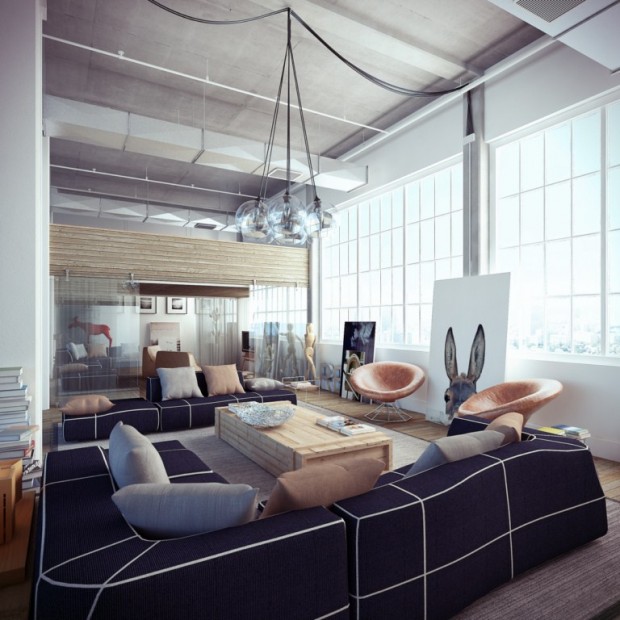
Style minimalism in the loft quartet
History of style
Loft, as a style of interior design, emerged in the middle of the last century. By 1950, the US prices for land in the center of major cities rose sharply: Chicago, New York, as a result of which factories began to be removed from the city line. However, construction companies did not have time to build up the liberated territories, and few could buy a new apartment in the center of the industrial capital. Therefore, the empty industrial facilities began to be quickly converted into cheap housing and rented for a song.
It was a shelter for the poor. No partitions, even the ceiling above the head was not always – more often beams and roof slopes. The minimal improvement was limited to the availability of a kitchen and a bathroom.
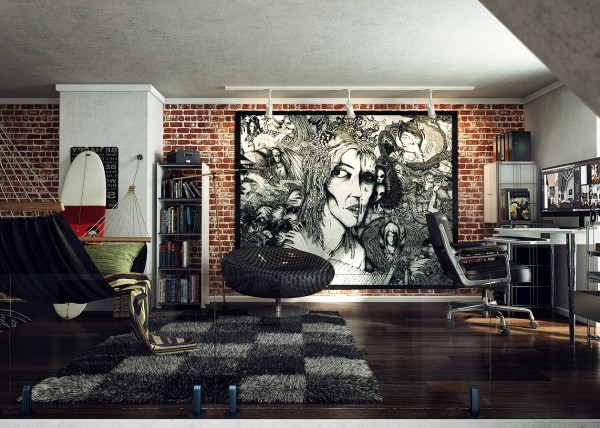
Working area in loft flat
Plumbing pipes and the legacy ventilation systems and other technological communications inherited from the factory past completed the stern Spartan face of the new industrial American style.
This was the first living space in the loft style. And they would remain a forgotten stage in the history of architecture, if the spacious and cheap square meters of the former factory premises were not chosen by artists who began to equip their studios in them.
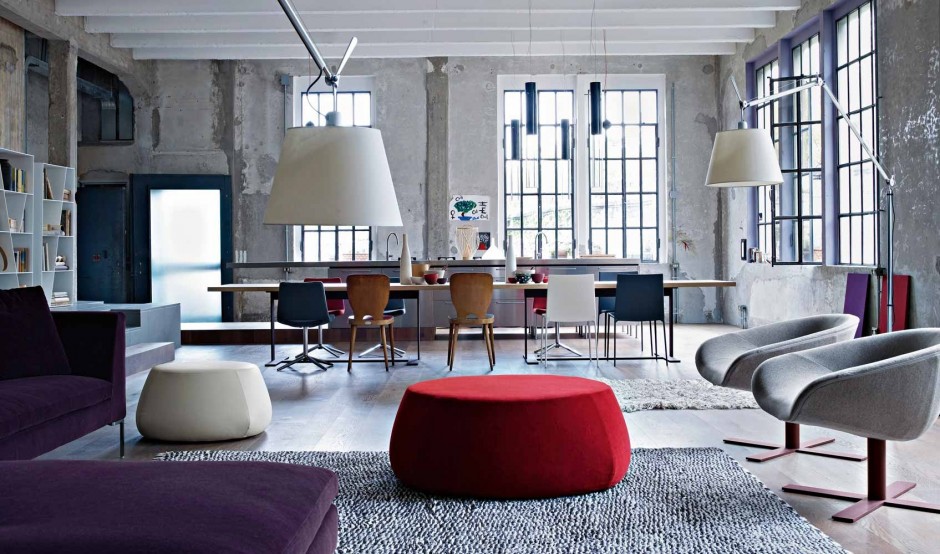
Concrete Walls
First of all, they were attracted by the opportunity to rent huge areas for a song, where they began to organize art exhibitions. Often, the canvases were placed directly on the floor, leaning against the walls. The huge windows let in enough light, the high ceilings and the absence of partitions created a feeling of incredible space, and the piling up of beams and metal structures became a magnificent decoration for a new manner of painting, opposing stereotypes.
The contact with art could not but reflect on the interior: against the background of the rough texture of the walls, not only the works of modern painting, but also the bohemian elements of the situation acquired special expressiveness – and this was already the loft that is now experiencing a rise in popularity. In the artistic studio, located in the walls of the old factory, you could see a velvet or leather sofa, an antique bath on gilded legs, an expensive carpet. At the same time, the attitude to the situation and the accessory was formed as something secondary: a special glamor was the desire to manage small, not to clutter up space with trinkets, to use a minimum of functional furniture.
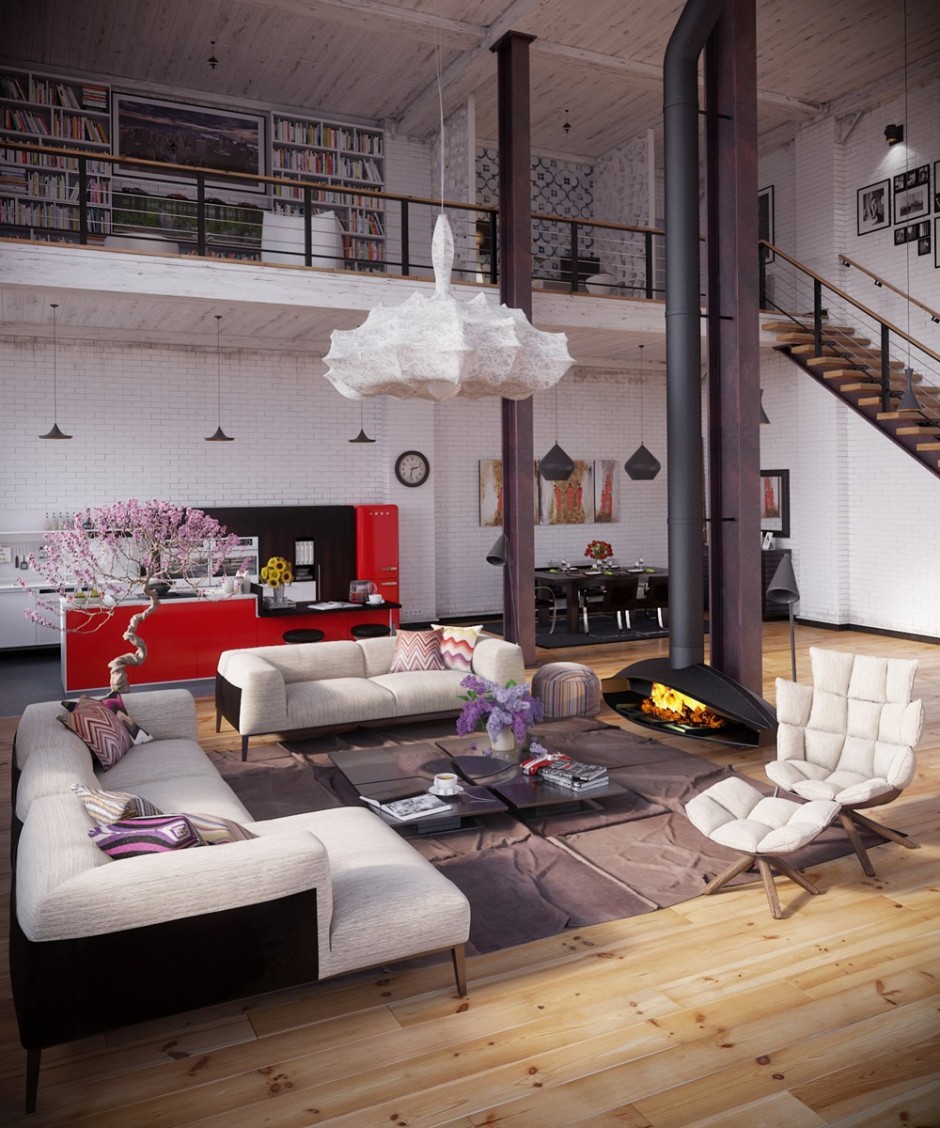
Art Nouveau in a large loft apartment
Young artists who opened their galleries on industrial grounds won world fame. The atmosphere of the uninhibited chic loft acquired a shade of elitism, the formed style of the interior began to be perceived as elite. Cheap once, converted in loft style, warehouses, shipyards and factories, became expensive and prestigious apartments, which in America and Europe by the 60s of the XX century were at the peak of popularity.

Minimalism and concrete walls
Loft in the interior of a modern apartment
With what is the rise of interest to the loft? First and foremost, this is a protest against the established bourgeois standards, making the dwellings similar to each other. The finishing techniques, the principles of zoning and the selection of furniture remain too predictable, no matter what popular styles you choose.
Another loft thing is always unexpected solutions, a revolutionary approach to space and scope for the artist’s imagination.
Is it possible to recreate the loft style in the interior of a modern apartment, far from the look of colorful factory buildings of the last century?

Wooden banks in the interior of two-storey apartment
Characteristics of the style
To answer this question, let’s try, first, to distinguish the main features of the classic loft:
- Large, space-free premises ranging from several hundred to thousands of square meters.
- High ceilings.
- Huge windows.
- Rough finish of walls, floor and ceiling.
- Open large metal structures – pipelines, ventilation, bearing beams.
- The furniture in a small amount, but it is emphatically stylish.
If it is not a question of reconstructing industrial facilities and creating living spaces on their premises, it is obvious that modern loft designs are aimed primarily at creating in the interior of a special atmosphere of an outrageous chic of this style. Fashion designers successfully cope with this task. By what means? They outplay the ideas of large free space, “factory” texture in the finish, elements of the industrial surroundings and the original environment.
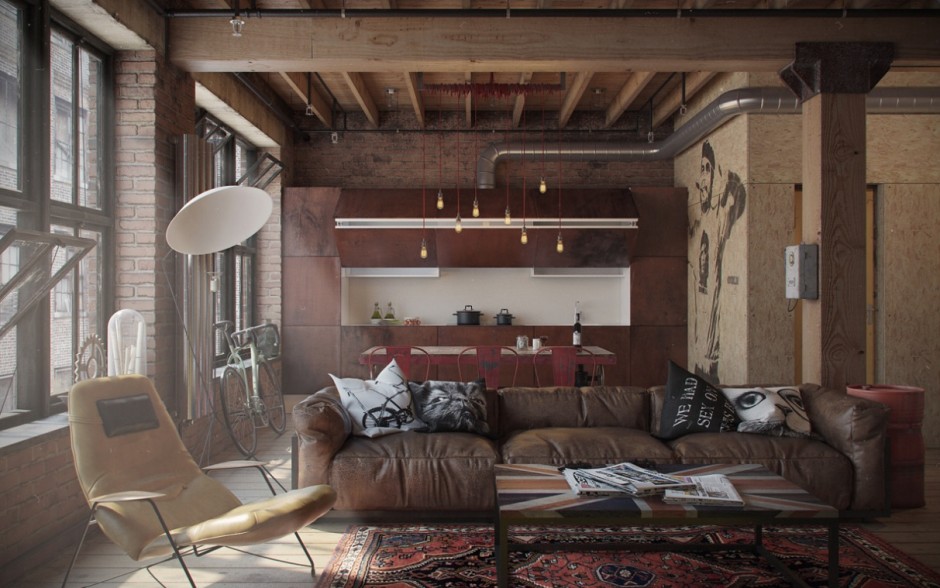
The industrial style in the design of the loft
Free planning and zoning
The principles of free zoning are the backbone of the loft. Ideally, the room should be viewed completely. Behind the partitions are a bathroom-toilet and utility rooms, rarely – a bedroom.
Space and light are the main value, so furniture in the interior, designed in the loft style, should be minimum, and it should not be placed as usual – close to walls and corners, but so that the space along the walls remains free.

Large chandelier of mirror balls
All things and most of the household equipment are “hidden” in spacious back rooms, leaving in the residential area only what is necessary for recreation and creativity. Special attention should be paid to utility rooms. They can be several – they must accommodate a wardrobe, laundry, and a pantry. Their function is extremely important – to release the residential area from all strangers, which distracts from creativity and disrupts the aesthetics of space.
In the presence of very high ceilings, vertical zoning is sometimes used, an “open floor” is created, which in loft style is used, as a rule, for private zones. For example, a bath can be installed on it, from which a view to the first floor will be opened. Also on the top floor you can take out the bedroom.
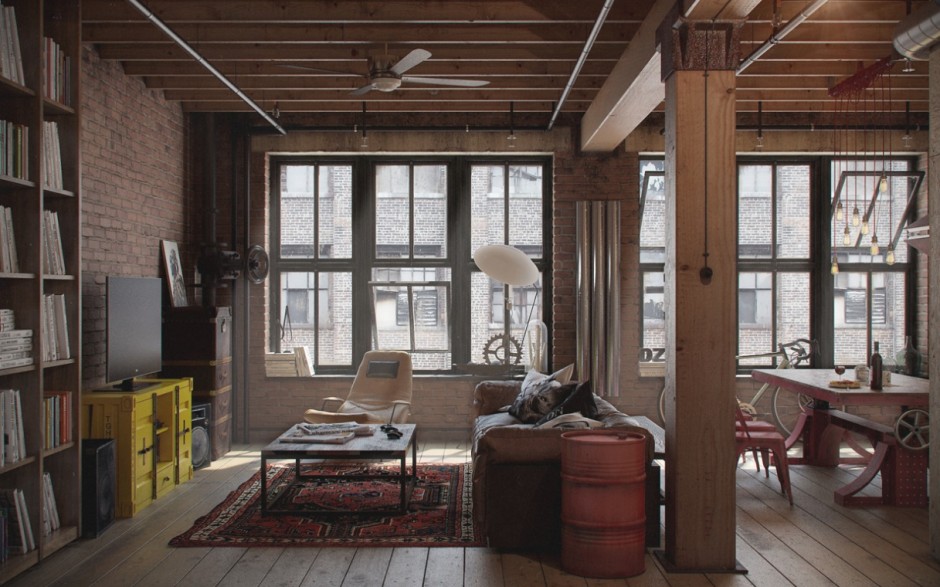
Retro style in the design of the loft
Finish
Required elements of interior decoration in the loft style:
- pipes,
- beams,
- brick.
For the loft is characterized by an expressive texture of walls and ceilings – brickwork, concrete or rough plaster, not masking the material of wall blocks. If the walls in the room are smooth, then use a tile, imitating a brick, and a special decorative plaster. For walls and their areas, different finishes can be used, which, by the way, plays an important role in zoning the premises. For example, three walls are cleaned to the old brickwork, and the fourth is plastered. Another option is to apply the texture filler on the central part of the long wall, thus allocating a dining area or rest area. When painting walls, use cold shades.

Classic style of industrial loft
Narochito rough, “unfinished” finish creates the effect of negligence, democracy, unpretentiousness. However, on such an ascetic background even a leather sofa of the simplest form or grandmother’s bookcase is perceived as a luxury item, which gives the loft-style interior a special chic.
Heating systems, water pipes and gas pipes are not hidden behind screens or false walls, but are “flaunted” as a necessary entourage of style. Often the standard pipes are replaced by more massive ones. Metal elements do not paint, or paint “under the metal.”
The decoration of the walls is very unusual. They can be painted graffiti, decorated with posters, advertising posters, metal road signs. Element of refinement – large paintings of contemporary artists, which are often casually placed directly on the floor, leaning against the wall.
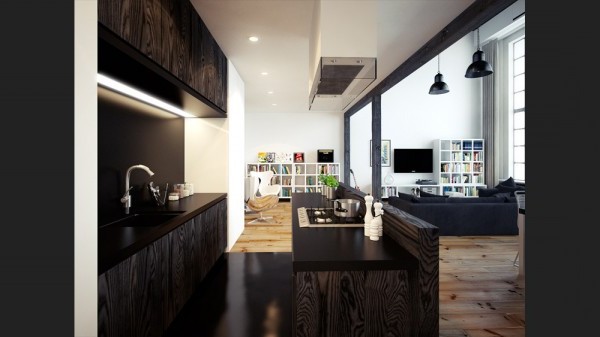
Kitchen decoration in the loft apartment
The floor, as a rule, is covered with a tile “under a stone” or is covered with wooden “aged” slats.
The ceiling is painted in light or silver color. Sometimes large, “industrial” pipes of shiny metal are laid under the ceiling, by analogy with factory communications, as well as “bearing” metal beams.
For lighting, you can use rare factory lamps hanging from the ceiling. But a truly powerful stream of light, creating an industrial atmosphere, will provide LED lighting on bus systems.
Windows, if they are large (ideally – from the floor) – do not curtain. If they are small, or the landscape behind them is too different from the urban one, use blinds.
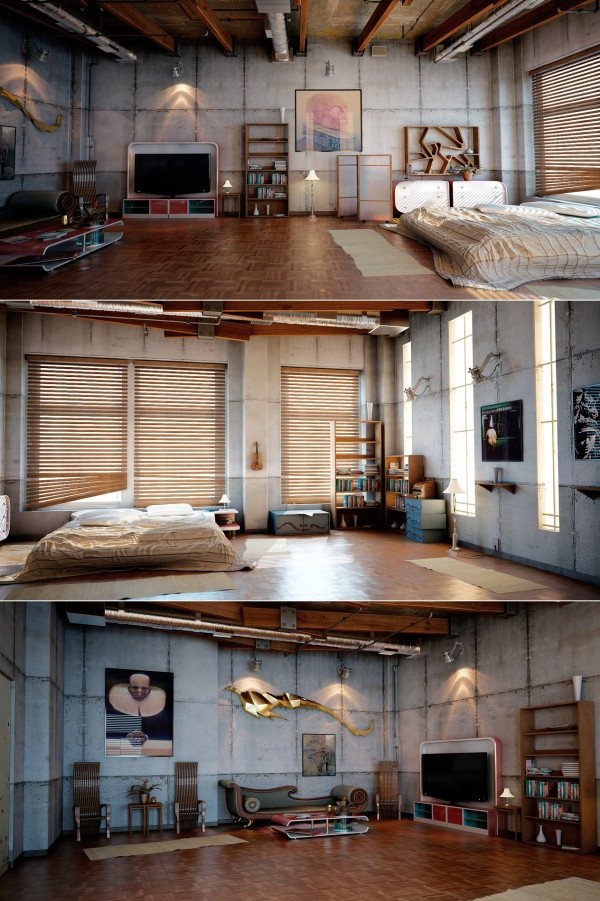
Furniture and accessories
In the interior of the loft, the following requirements are imposed on furniture:
- it should be small,
- it should be stylish,
- Between the furniture and the walls you should leave wide aisles.
At deliberately simple furnish of a premise any large, bright thing will be evident – it is important, that it was not a primitive product from the conveyor. A preference for vintage or modern designer furniture.

Kitchen in industrial style
By the way, actively used now materials – plastic, leather, aluminum – were first used in the production of furniture in the loft style. You can easily buy wheelchairs, long sofas, plastic folding chairs, metal racks and floor metal hangers instead of cabinets – all these traditional items of furniture originated with the loft style, they will seamlessly complement such an interior.
Furniture sets in the loft are inappropriate. Wooden shelves and shelves do not have space, even in the back rooms – instead they are installed light metal racks. High cabinets disrupt the visual unity of space, in addition, everything that is stored in them, can be placed in store rooms.
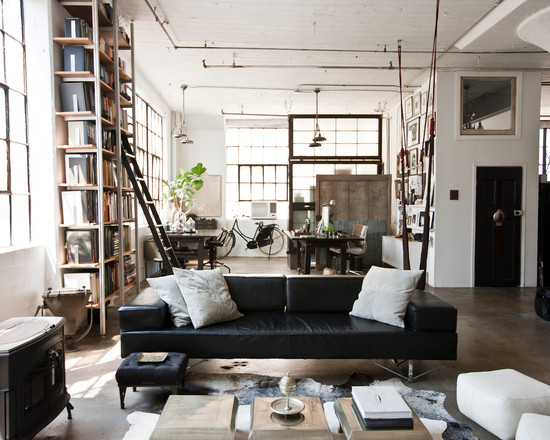
Loft to large windows
Furniture can be antique or modern, the main thing is that it is an expressive, eye-catching thing: a luxurious banquet with expensive upholstery or a stylish leather sofa from IKEA – both of which can become the center of attraction in the interior of the loft.
Of all the existing styles of furniture, for loft do not fit, perhaps, country, ethnic style and cheap cabinet furniture, which only lower the status of the interior. Absolute preference is given to metal, plastic and leather furniture.
A very important point: you should avoid placing furniture and equipment near the walls. It is necessary to achieve the feeling of a large, open, empty space, in which the islets are inhabited zones.
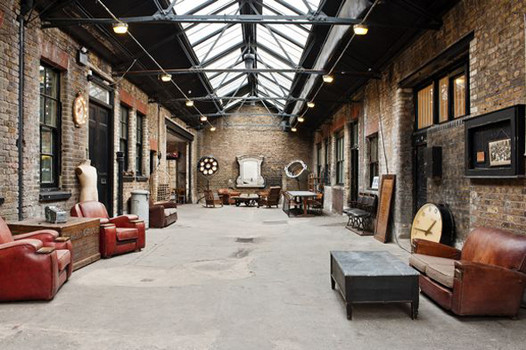
Masonry in a former factory
Kitchen and dining room equipment
In the kitchen area there are either rarity kitchen equipment in the style of the 1950s (or stylized for it), or a well-equipped, but a small kitchen in the spirit of high-tech. Chromed metal surfaces, as well as technological innovations – are welcome. Well, if it resembles a small kitchen restaurant or cafe with professional equipment – table tops, a rack and screen from stainless steel, a coffee machine, a bar and glasses for wine. In this kitchen should be very compact and do not concentrate on yourself.

Small kitchen in the loft
In the dining area, any design delights are acceptable, but the table should be in the style of minimalism or hi-tech – made of metal, plastic and glass. As a contrasting addition in the spirit of eclecticism, you can use a collection of antique chairs or a low hand-made buffet.

Fireplace in living room
Living Room Furniture
A sofa with soft upholstery, a cozy armchair, a fluffy carpet will create an oasis of peace and relaxation in the cooler space of the industrial environment. The atmosphere of luxury in this area can be emphasized by the canvases of artists.
And one more important point – the loft welcomes any novelties of technology, at least, without high-quality audio and video equipment it is difficult to imagine. Home theater and a powerful audio center will look bold and shocking in the background of the old factory interior.
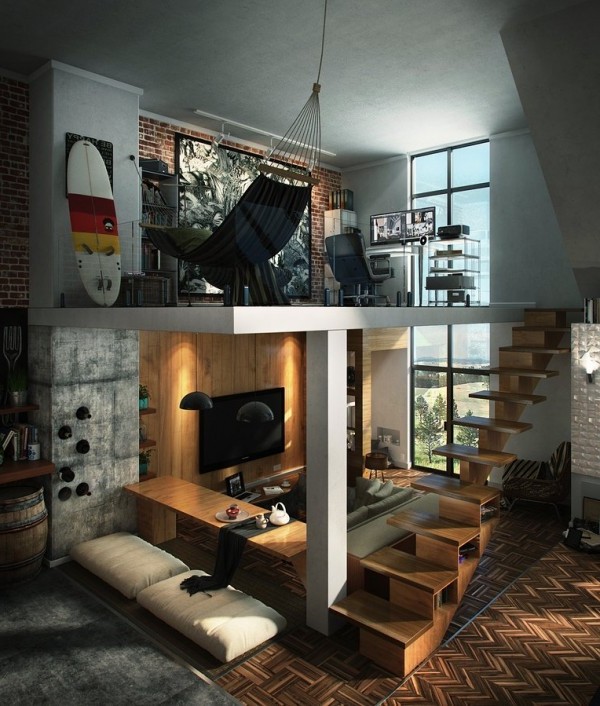
Small second floor for study
Bedroom furnishings
The bedroom can be insulated with partitions, moved to the second floor or the sleeping area is allocated in the studio. Lighting and flooring play an important role in zoning. It is possible that the role of the conditional partition will be made by a low cabinet or chest of drawers, which will emphasize the privacy of this territory.
A high metal bed is the undisputed favorite of the bedroom in loft style. Bedside tables also bear the stamp of antiquity. Do not forget about fashionable lamps in the style of pop art. The built-in closet is made as inconspicuous as possible, but roomy – in the sleeping area there should be an irreproachable order.
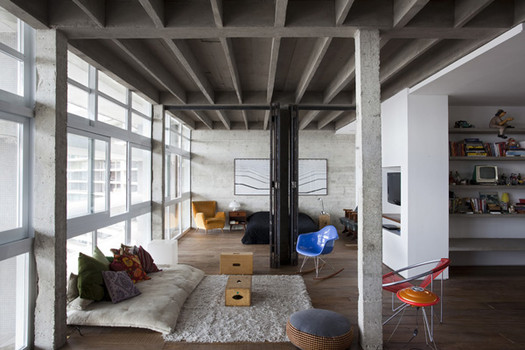
Bedroom in a classic loft
Bathroom and toilets
The bathroom can be equipped in fundamentally different styles:
- Eclectic, with elements of vintage antiquity.
- Ultra-modern technogenic high-tech
The difference is due, first of all, to the choice of sanitary equipment.
If you are fortunate enough to buy an old cast-iron bath on the “golden” leg legs, it makes sense to arrange it in the center of the sanitary unit, pick up a spiritually-familiar plumber, use aged (patinated) metal racks and create a unique vintage atmosphere. The dull mirror in the old frame will support the illusion of time travel. Small, matte mosaic tiles, rarity shower, old fashioned bidet and open metal – steel or brass – pipes will complete the interior design of the bathroom in loft style.
If the old equipment is missing, then it makes sense to focus on the novelties of sanitary ware. The gloss of chrome, enamel and mirrors, the most modern forms, halogen soffits, Jacuzzi and multifunctional shower will effectively contrast with the old-fashioned drainpipes and uneven brickwork of the walls.
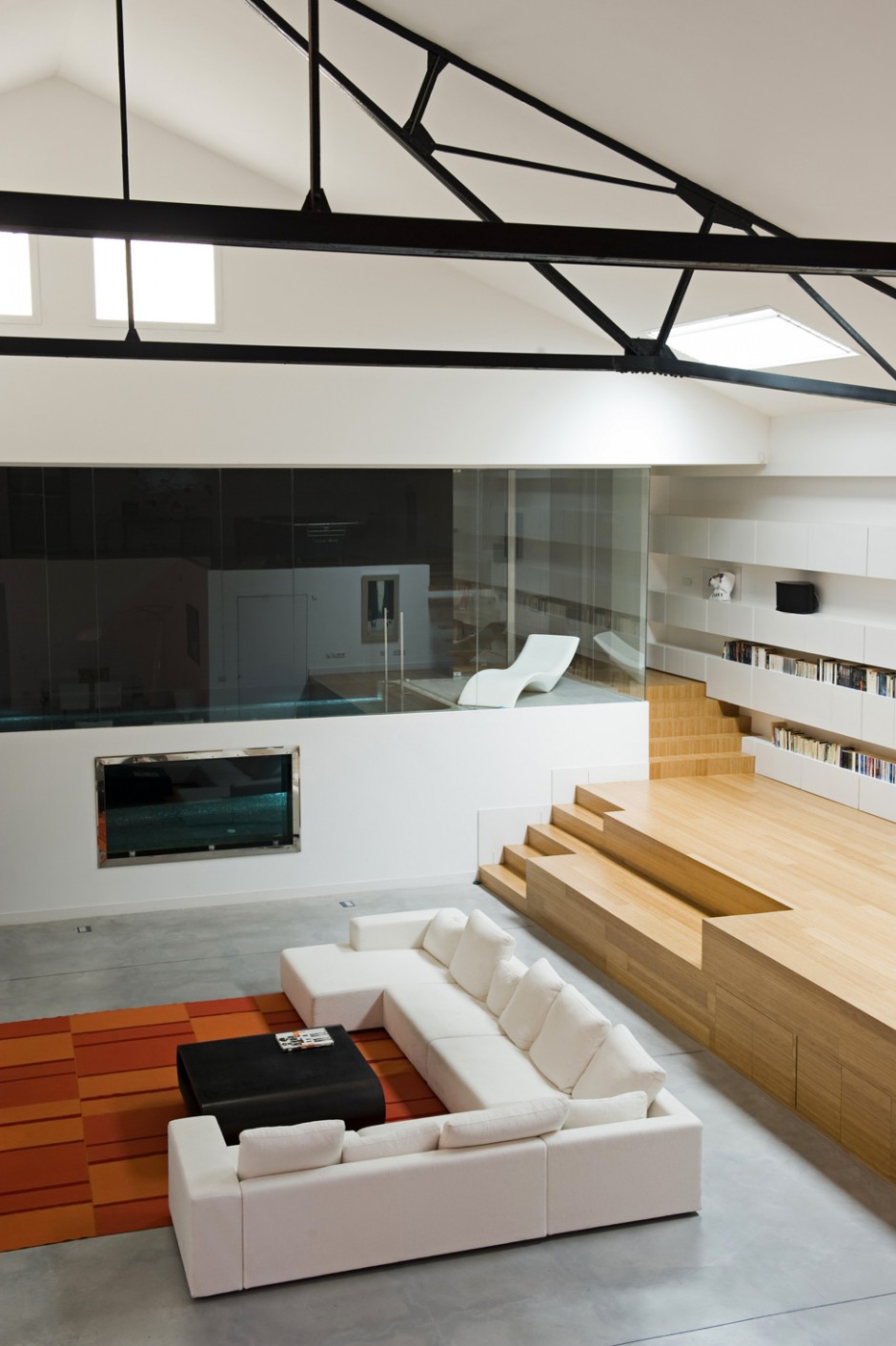
Podium for space delimitation
Decor
Industrial style does not tolerate small items of decor and trinkets. It is better to decorate the interior with one or two large, expressive objects: an expensive vase, exquisite statuette, a design chair or a pair of paintings by young artists – abstract or pop art style, the same loft.
Historically, the loft style assumes the presence of a fireplace (or stove). If there is an opportunity to arrange a vintage fireplace on firewood or modern, in the style of high-tech, but equipped with an old chimney, this will give the interior a special charm.
If in a high room the second floor for a bathroom or a bedroom is arranged, and more often for both, then it is necessary to approach the construction of the stairs responsibly. It can not only connect the two floors, but also become a memorable decor. You can stylize it under a screw attic ladder made of cast iron, wrought iron or monolithic concrete. And you can create an imitation of a folding “aged” design.
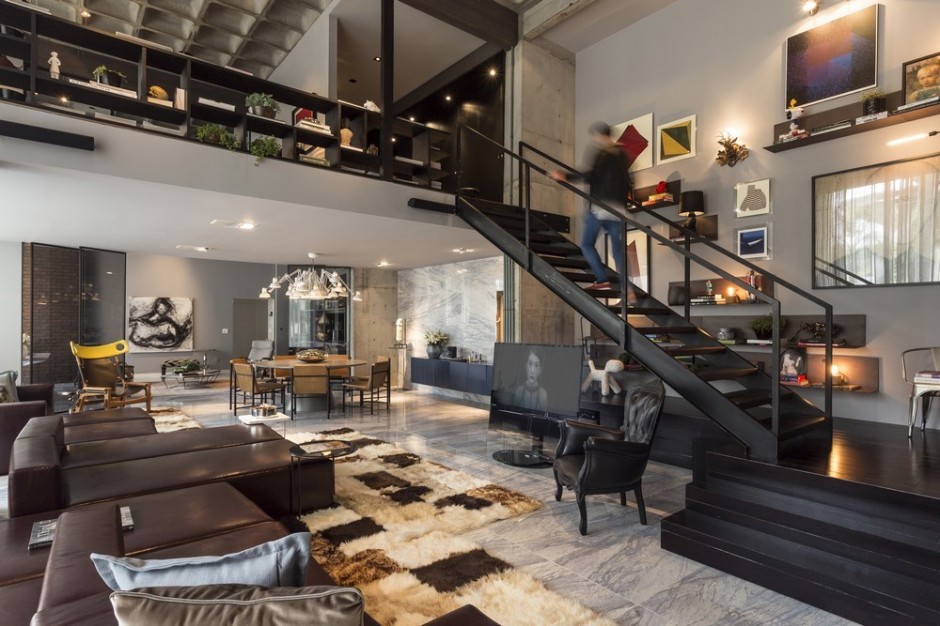
Two-storeyed loft
Directions in the loft style
Designers distinguish three directions in the loft style:
- Hipster.
- Glamorous.
- Industrial.
In the hipster loft (also called the “boho-loft”), the interior is formed from different things, like bought on a flea market. New bright objects coexist with aged, shabby, and avant-garde art objects coexist with cheap kitsch.
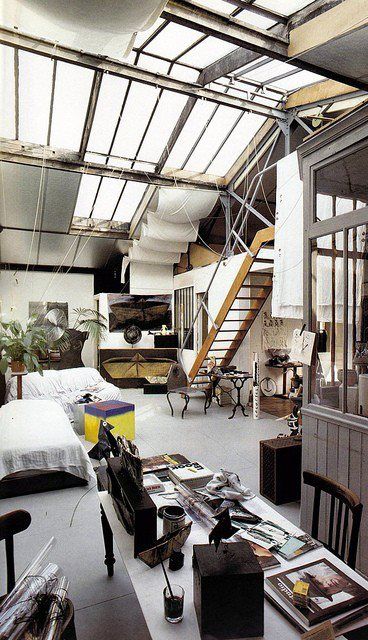
Fabulous Loft
The glamorous loft is saturated with luxurious antique objects, refurbished to shine. In the mirrors reflections glare dozens of lamps. Along with baroque furniture, trendy designer objects from glass and metal are easily adjacent. Everything is shiny. But most importantly – the cold gray scale in the glamorous loft is replaced by warm pastel shades, including serene pink and lilac. Against the background of rough brick and concrete fragments of walls, all this looks especially naive and … glamorous.
An industrial loft is possible where the squares allow recreating an industrial design close to the cold factory old. To contrast with the outdated metal communications and building structures, use defiantly stylish furniture in the spirit of minimalism and hi-tech, the latest kitchen and sanitary equipment, plasma screens “all over the wall” and advanced acoustic technology.
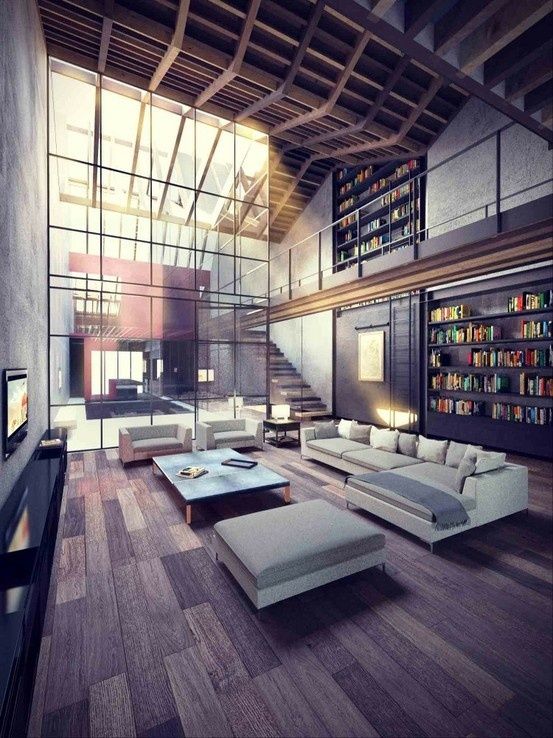
Photo: loft in the Art Nouveau style
Loft style in the interior of an ordinary apartment – easy start
Proceeding from different directions in the style of the loft, which is not necessary to use “in its pure form”, even in the conditions of reconstruction of a relatively small (less than 100 square meters) apartment, it is possible to recreate the appearance of the original semi-industrial-semi-residential premises and fill them with the spirit of freedom, ease and luxury. Even more possibilities are provided by a large detached house, which practically does not limit the imagination of the designer.
Many typical features of the loft are actively and successfully used in the design of modern interior – free layout, textured brick walls, a combination of high technologies and antiquities. Fashionable furniture in the style of Scandinavian minimalism continues its tradition – metal, leather, plastic, glass, bright colors, laconic forms. Elements of eclecticism, manifested in the Art Deco style, have long been loved. In fact, all the features of the loft style have become familiar.
Perhaps this is the reason for a new wave of interest in a seemingly defiantly irrational style. When all the elements, which are quite familiar, unite, an absolutely fresh, revolutionary image emerges that pleases the novelty, uniqueness and invigorating outrage of the renovated interior in loft style.
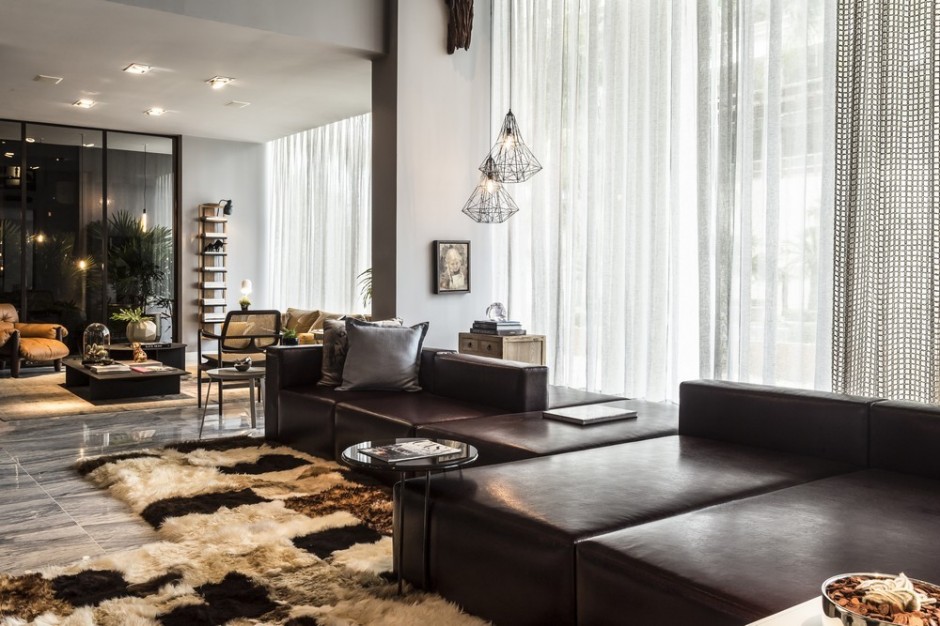
Loft style interior
Conclusions
The loft style is surprisingly versatile in terms of decorating rooms for different purposes and for different categories of people. It is used to decorate restaurants, clubs and offices. In the interiors of cottages and small apartments. People are wealthy and those who intend to save on repairs. He is relevant in the room of a teenager, and in the studio of the artist.
Of course, not everyone will dare to decorate the interior in such an original way. As a rule, the loft is a dream of creative people, for whom such a project in itself is a holiday, and the subsequent life in the interior, decorated in a vintage style, pushes to new daring accomplishments.
Photo gallery – interior in loft style:
Video:
Author: Mikhail Bond


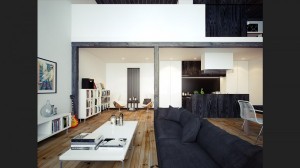

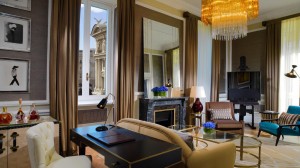
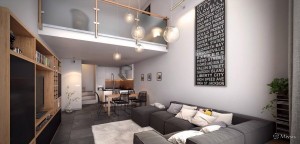

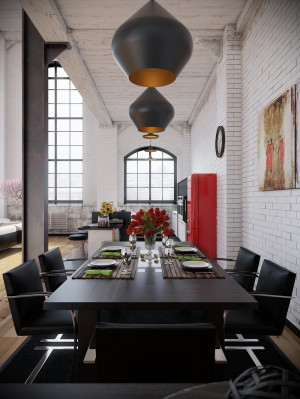
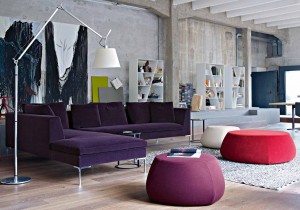
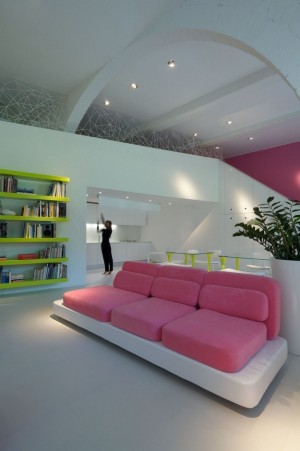
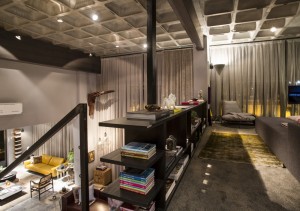
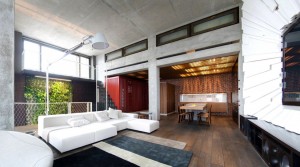
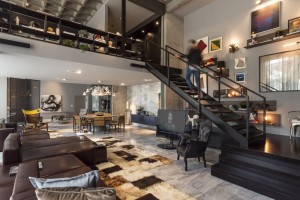
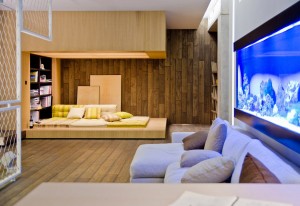

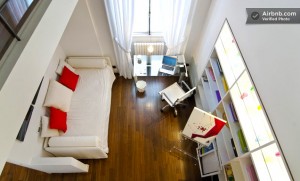

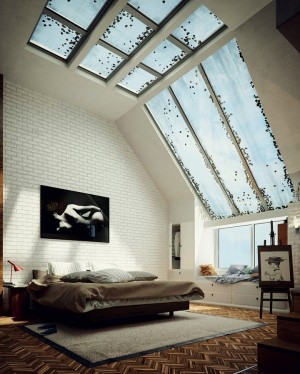
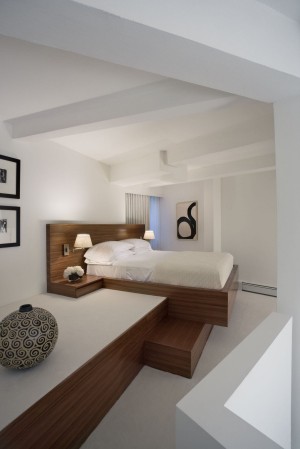
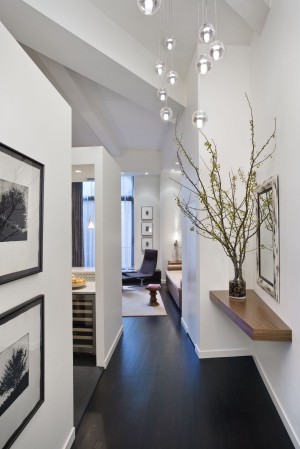
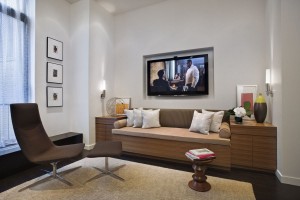
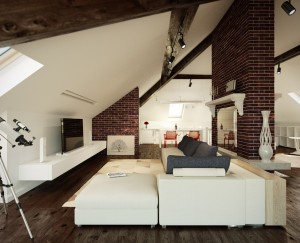
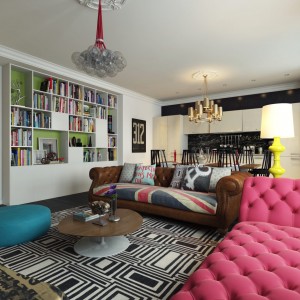
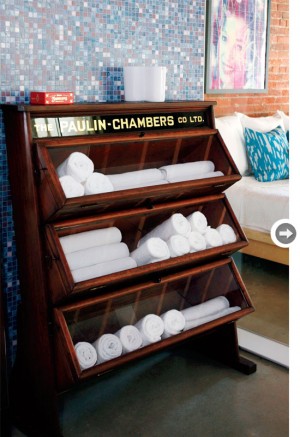
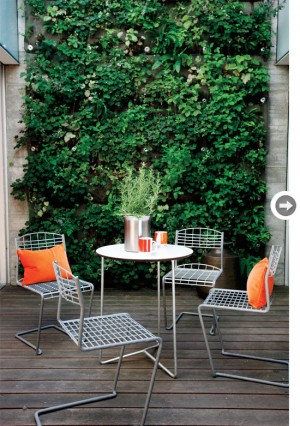
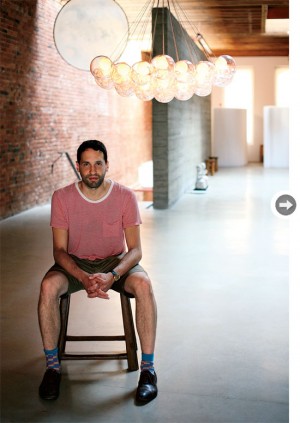
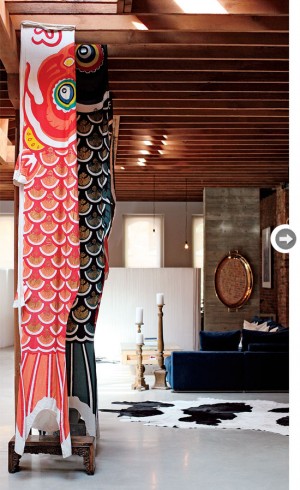

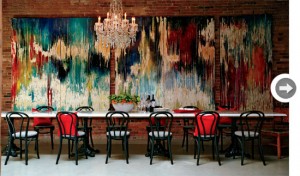
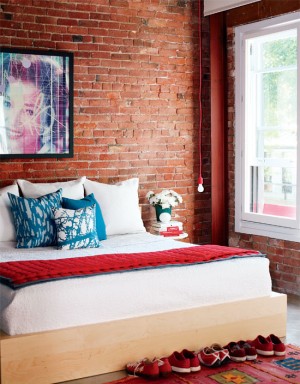


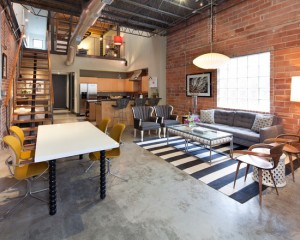


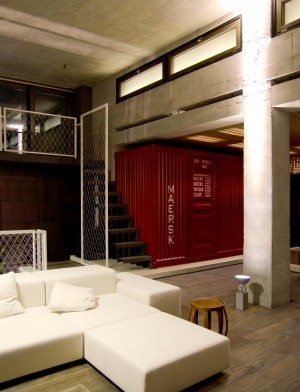

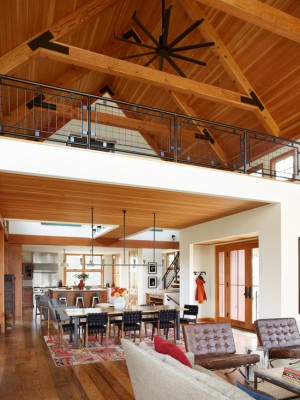
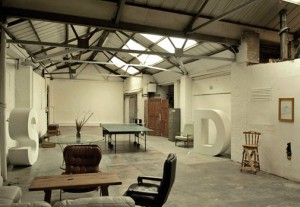



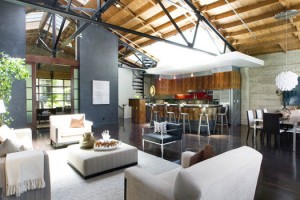

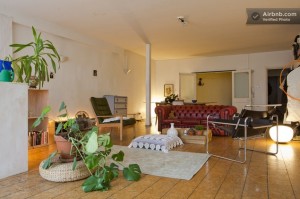

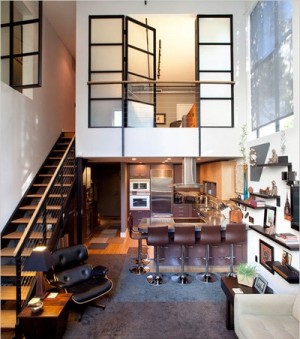
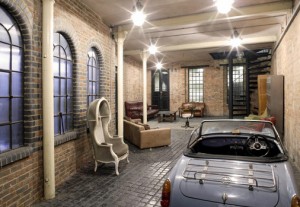

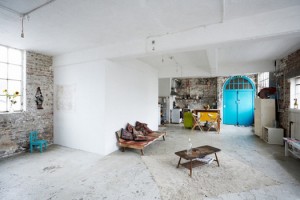

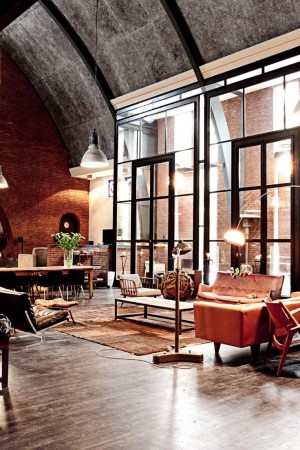
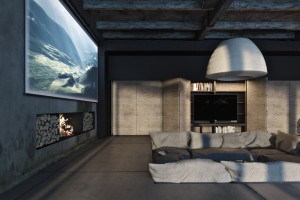
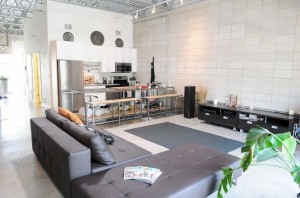

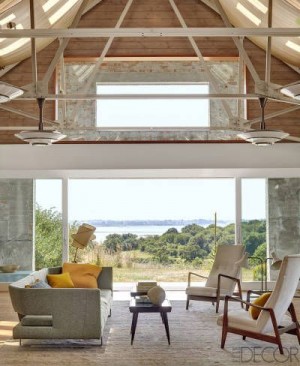
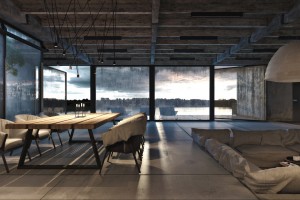
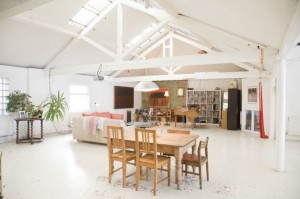

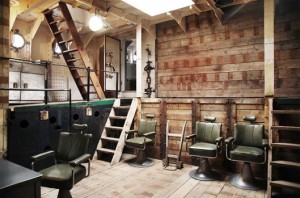
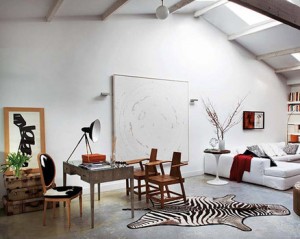
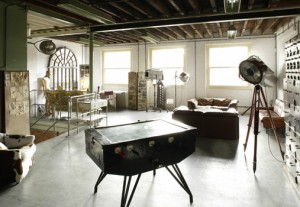


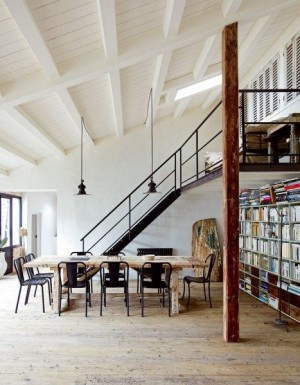
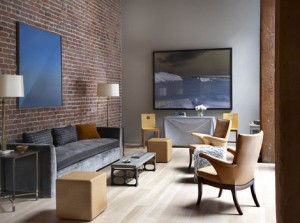
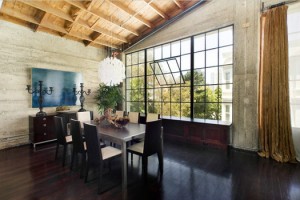
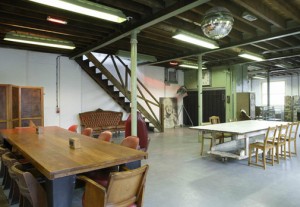
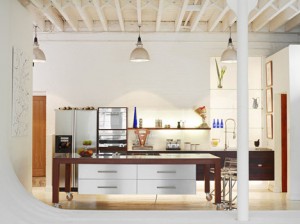
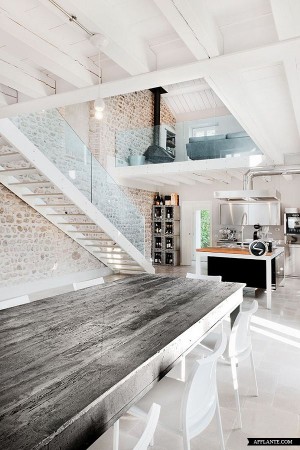
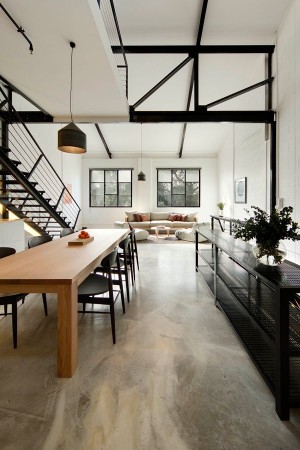

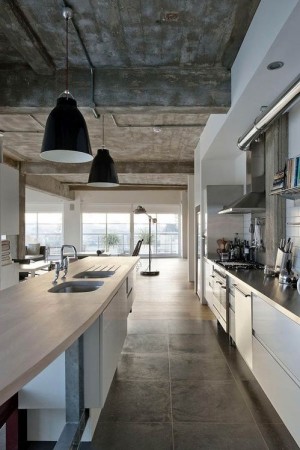
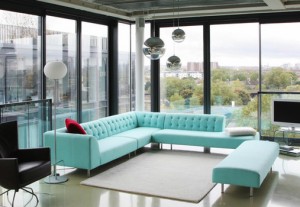

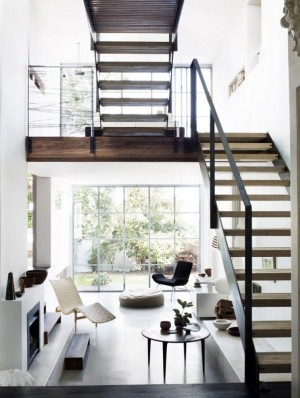
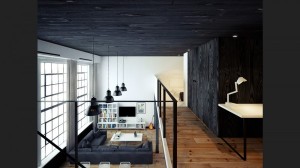
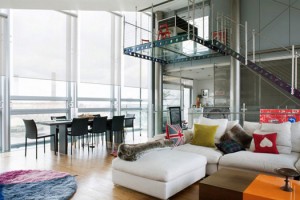
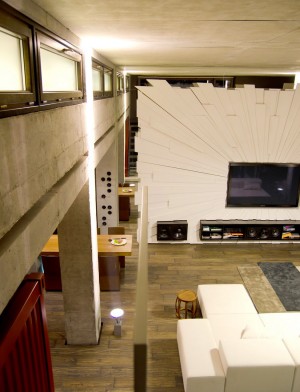
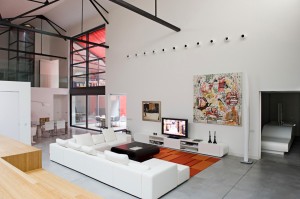

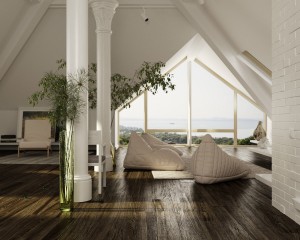
05.05.2023 @ 19:38
Loft – uno dei più paradossali stili, che combina il bohemien e lunderground. Gli interni in stile loft incarnano un approccio concettuale allo spazio che è emerso al crocevia della povertà e del lusso. Dimostrano come gli edifici industriali più ostili e inadatti vengano trasformati sotto linfluenza dellarte, trasformandosi in appartamenti lussuosi e scioccanti. In inglese loft significa locali non residenziali, solitamente soppalchi o soppalchi non costruiti. In senso più ampio, si tratta di edifici industriali abbandonati, solitamente a un solo piano, sotto un tetto alto. In seguito, è stata questultima accezione a consolidare questo termine, che denota la caratteristica principale del nuovo stile urbano.
Ladattamento di magazzini e locali industriali per labitazione è stata la base per gli interni in stile loft. La disposizione libera e lo spazio, il contrasto tra la finitura grezza e quella raffinata, gli accessori accoglienti accentuati – il mistero dellattrazione di questo stile audace e scioccante non riposa solo nellimmaginazione. Prima di procedere a un progetto interessante come un loft nel proprio appartamento, è utile conoscere non solo i principi e le tecniche di questo originale design dinterni, ma anche la storia della sua comparsa, comprendere la logica dellapproccio non ordinario allorganizzazione dello spazio abitativo.
Storia dello stile Loft, come stile di design dinterni, è emerso a metà del secolo scorso. Entro il 1950, i prezzi del terreno negli Stati Uniti nelle principali città erano saliti alle stelle: Chicago, New York, di conseguenza le fabbriche iniziarono ad essere rimosse dalla linea della città. Tuttavia, le società di costruzioni non avevano il tempo di edific